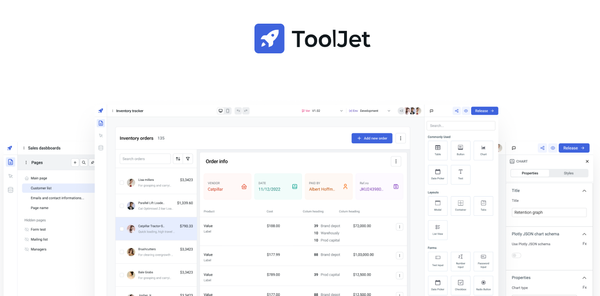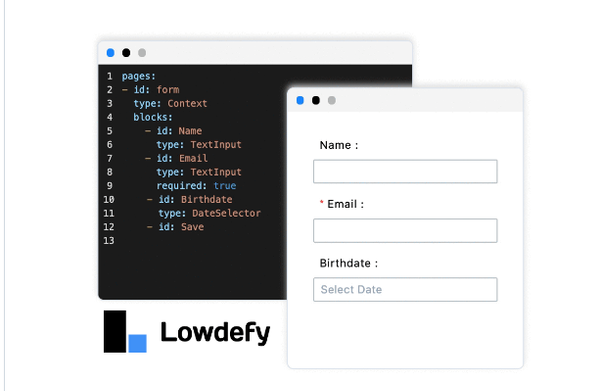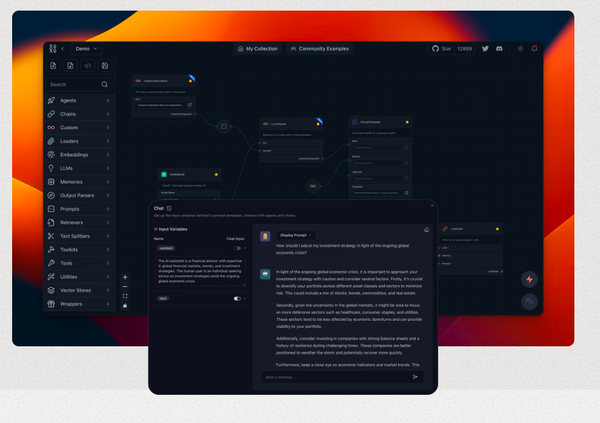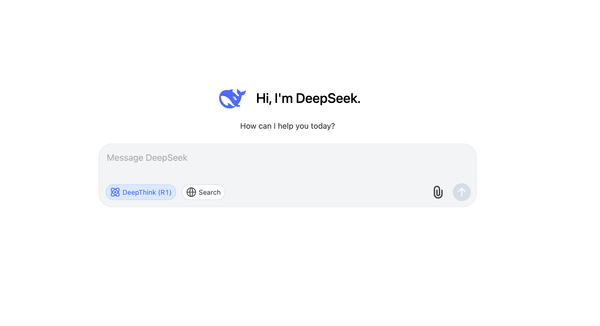Benefits of Low-Code and No-Code platforms for enterprises
Table of Content
In a conventional software development workflow, programmers write lines of code to create functions, classes and compile them into a software, but this process is time-consuming and requires development skills, environments, deployment process, testing, and more.
Low-Code/No-Code platforms encapsulate these processes behind the user-friendly graphical user interface.
Users can drag and drop reusable components which are a visual representation of code and link them together to create the desired computerized workflow and a program logic.
What are Low-Code/No-Code Development Platforms?
Low-Code/No-Code development platforms are highly visual software development environment that enable users of all skills level to design applications, it is very little or coding required.
When and why organization uses Low-Code/No-Code application?
With this modular approach, developers can quickly build applications without writing code line by line freeing them for larger or more complex projects.
They are also useful for users with little software development experience.
- Business analyst
- office administrator
- small business owner
they can create an app with no knowledge of programming languages, machine code, or platform development work.
Benefits of Low-code/No-code platform for business
- Low-code/No-code gives better problem-solving capabilities to non-IT professionals.
- It is allowing the developer or anyone to easily and quickly create business apps
- It is speeding up the overall development process to build applications.
- Processes of Low-code/No-code can be created and modified by non-technical users.
- Support shorter development cycle
- Improve productivity
- Reduced maintenance
- Enhances Customer Experience
- Faster time to make the project
- Easy to upgrade the project in a short time
What the difference between Low-Code and No-Code?
The difference between Low-Code and No-Code comes down with the reason behind their naming:
Low-Code
- Low-Code requires users to do some level of coding, mostly used by professional developers and programmers.
2. Low-Code is commonly used to create apps that run critical business process offers apps or for apps that likely required integration with other systems and data sources.
No-Code
- No-Code targets non-technical users, and it is truly a drag and drop process.
2. No-Code is used for practical apps to handle simple functions in typical only frontend apps.
Conclusion
We listed above the benefit to use low code/No-code platforms for enterprises, some basic differences between Low-Code and No-Code, and when it uses in organizations.
Do you use a low-code or No-code development platform? What is some benefit and challenges you have experienced let us know it in the comment below!











